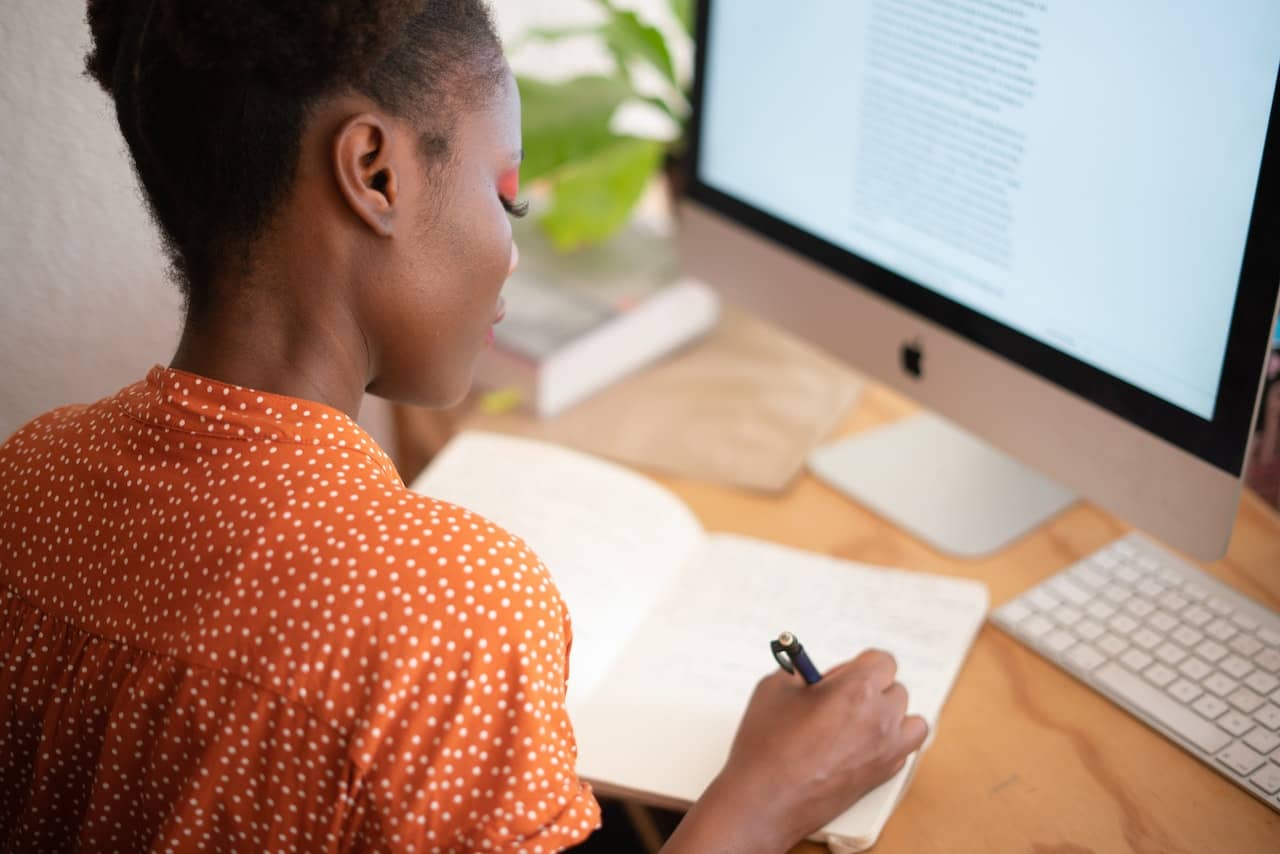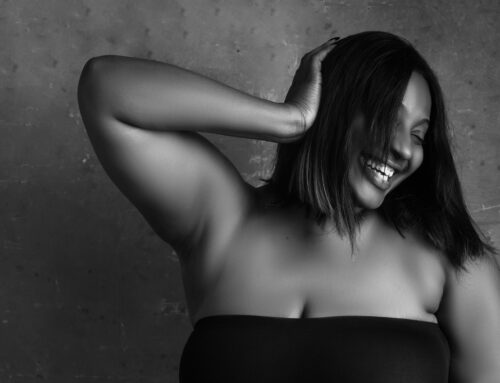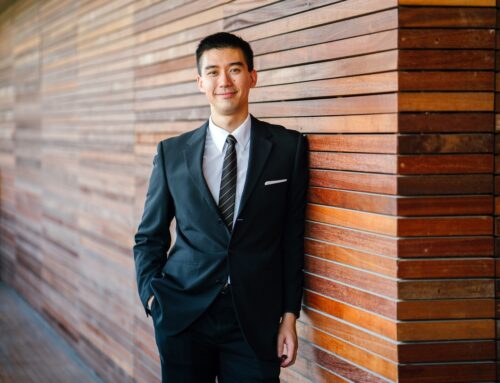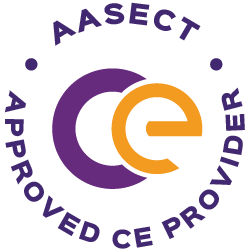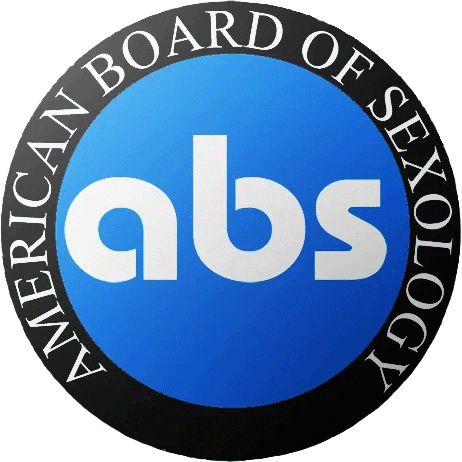As sex coaches, we work with our clients on the topic of self-pleasure so much. It’s huge in this work. And that’s largely because it is an integral aspect of who we are as sexual beings. Not only is it often our first sexual experience, it can also be the foundational way that we relate to our own sexuality throughout our lives. Self-pleasure is how we express ourselves sexually when no one else is around. Because it’s so important to our sexuality—it can be the place where the majority of our healing occurs. But it could also be the place where we hold the most “baggage” around sex.
That’s where a self-pleasure practice comes in.
In sex coaching, we often assign our clients “homework” to do between sessions. Sex coaching puts an emphasis on action and so a lot of the work is actually done outside of scheduled meetings with a coach. These assignments can be virtually anything and will vary depending on the client.
Included in these assignments are sometimes self-pleasure practices and these too can vary considerably. These practices are basically any type of intentional action around self-pleasure. It could include sensual self-touch, masturbation, or even going on a mindfulness walk.
What matters is pleasure and intention!
When Can It Help?
These practices can be hugely beneficial for many different kinds of clients. Just the simple act of bringing intention to solo sex can be a big lightbulb moment for some!
Some clients show up having never masturbated, some are self-proclaimed pros. So it’s important to consider the whole person, as well as their presenting concern, when assigning these practices. But here are a few specific examples of when it can help:
Let’s say your client has a complicated relationship with their body and it is impacting their ability to enjoy sex. Maybe when they are with a partner, they have trouble staying present because they are hyper-aware of their body and how they are performing. They can’t get out of their head and into their body. When they masturbate, they rush through it mindlessly without giving it too much thought or energy.
A self-pleasure practice for this type of client might look like mindful masturbation. It could focus on the practice of noticing sensations, and mindfully focusing on pleasure during sexual experiences. By practicing solo first, the pressure of performance is relieved and eventually, they can transfer their new skill to partnered sex!
Now consider a busy-bee client who has trouble prioritizing pleasure in any sense—sexual or otherwise. They always have a million things on their mind and a never-ending to-do list that just keeps getting longer. When they have sex, they are racing to the finish line (their partner’s orgasm) without paying any attention to their own pleasure.
A pleasure practice for this client might start with the simple act of slowing down and savoring a moment. A sex coach might have them sip their coffee in stillness every day for a week, or take a walk without headphones and name five pretty things they saw. It might revolve around them “edging” during masturbation or having sex without orgasm intentionally. For this type of self-pleasure practice, the intention would be to enjoy things for the sake of enjoying them, slowing down and noticing, and savoring all the pleasurable sensations—another skill that can be transferred to sex!
How To Craft A Self-Pleasure Practice For Your Client
I love assigning my clients these kinds of practices—because you can get SO creative with them! As stated earlier, the two key pieces include intention and pleasure. And from there, it’s up to you and the client to co-create and then tweak something that works.
But first, as with any sex coaching home assignment, you need to assess the concern and where it’s coming from.
During the ongoing assessment aspect of sex coaching, pay attention to your client’s relationship with pleasure. What part of their lives do they enjoy consistently? How do they enjoy it? What does it look like for them to savor a pleasurable moment? What are they grateful for?
You should also pay attention to how this correlates with their sexual experiences. What is their favorite thing about the sex they are currently having (alone or with a partner)? What sexual acts do they enjoy the most, and are they experiencing them or not? How do they relate to their sexual energy? How is it expressed?
After you have a solid understanding of their concern and where their blockages are, you can begin to craft a self-pleasure practice if it’s applicable.
And this is where creativity comes in! Using your skills from training as well as your natural intuition—design something they can do to begin bringing intention to their solo sex. Work with the client to see where their comfort zone is, and where the envelope can be pushed in a healthy way. Then, build out the guidelines in a way they can understand and remember.
I personally like to give my clients a downloadable document (and make it pretty to look at, of course), but you could also utilize audio recordings, videos, or even minimal notes you (or they) take down during the session. The important thing is to make sure they understand it and can reference it easily in between sessions if they need to.
After that, it’s up to them to do the work and practice!
Why This Is Important
Practitioners in this field know the effects of sex negativity. We see the shame, guilt, and fear in our practices all the time. And we know how valuable and natural self-pleasure is for us as human beings.
So offering these gifts of acceptance, freedom, and self-love in the form of a self-pleasure practice is so important—not only for the sake of our clients but for the world as a whole.
As our clients move out of shame, accept and love their bodies more and more, and recognize the value of their own solo sex experiences—we get closer and closer to a world where sexual freedom is commonplace.
Masturbation is normal.
Masturbation is healthy.
And enjoying your body is your birthright!
Happy International Masturbation Month!

